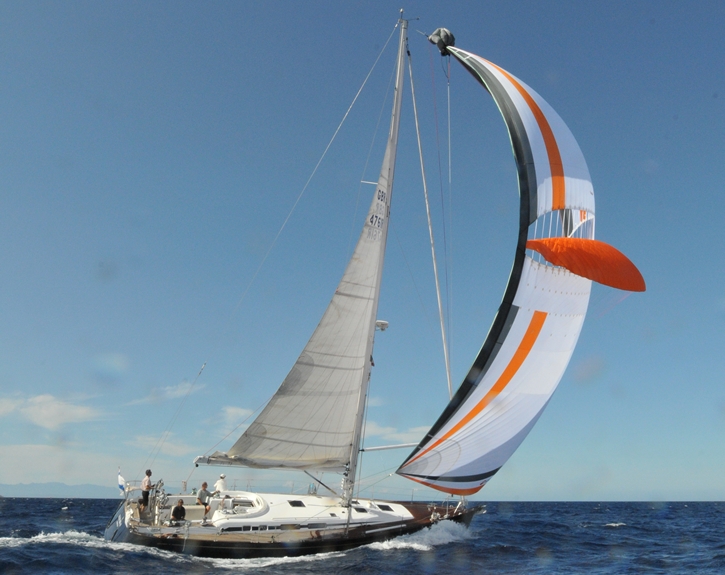Nautor Swan as a Case Study
The world of yachts often conjures up images of opulence, luxury, and prestige. Yet, whether owning a yacht is a savvy investment or a financial folly is a question that perplexes many high-net-worth individuals. For some, it’s a floating palace that offers unparalleled experiences, while for others, it’s a proverbial “hole in the water” into which one keeps pouring money.
The Classic Viewpoint: A Money Pit
Traditionally, yachts have been viewed as depreciating assets that cost a significant amount to maintain. Consider the ongoing expenditures such as mooring fees, insurance, maintenance, and fuel, not to mention the initial outlay for the vessel itself. A common saying among yacht owners is, “The two happiest days in a boat owner’s life are the day they buy it and the day they sell it.”
The Alternative Viewpoint: A Collectible Investment?
Yet, there’s a growing belief that certain yachts can indeed serve as ‘collectible investments.’ Classic yachts or those with a unique history can appreciate in value, especially if well-preserved and maintained. While they might not yield annual returns like traditional investments, they offer something that stocks or real estate can’t: a deeply personal and enjoyable user experience.
The Nautor Swan Case
Nautor’s Swan, a Finnish yacht manufacturer, is an intriguing study in this context. Renowned for their high-quality construction and unparalleled seaworthiness, these yachts often command premium prices in both new and used markets. They have cultivated a brand of exclusivity, performance, and craftsmanship that seems to stand the test of time better than other brands.
Do Nautor Swans Hold Their Value?
Nautor’s Swan yachts are some of the few that may offer a relatively good case for value retention. While not entirely immune to depreciation, they tend to depreciate at a slower rate compared to other yachts, thanks to the brand’s enduring reputation. Some older models, if meticulously maintained, have even appreciated in value.
However, it’s crucial to note that ‘holding value’ does not equate to a positive return on investment when considering the total cost of ownership. Even if the yacht’s market price doesn’t decline steeply, there are still significant costs involved in ownership.
Risk Factors
Market Conditions: Economic downturns can be brutal on the luxury goods market, including yachts.
Maintenance: The value retention is heavily dependent on the vessel’s condition, which can only be maintained through regular and often expensive upkeep.
Obsolescence: Technological advancements can make older models less desirable.
Liquidity: Selling a high-value, specialized item like a Nautor Swan yacht can be time-consuming and challenging.
Conclusion
Whether a yacht can be considered a collectible investment largely depends on the specific vessel, its make and model, how well it’s maintained, and the economic conditions at the time of its resale. While brands like Nautor Swan offer better prospects for value retention, they are not immune to the ongoing costs and market risks associated with yacht ownership.
So, before you set sail on the investment voyage of yacht ownership, consider your appetite for risk, your ability to manage ongoing costs, and your willingness to navigate the complexities of an asset that is as emotionally engaging as it is financially demanding.

Leave a Reply